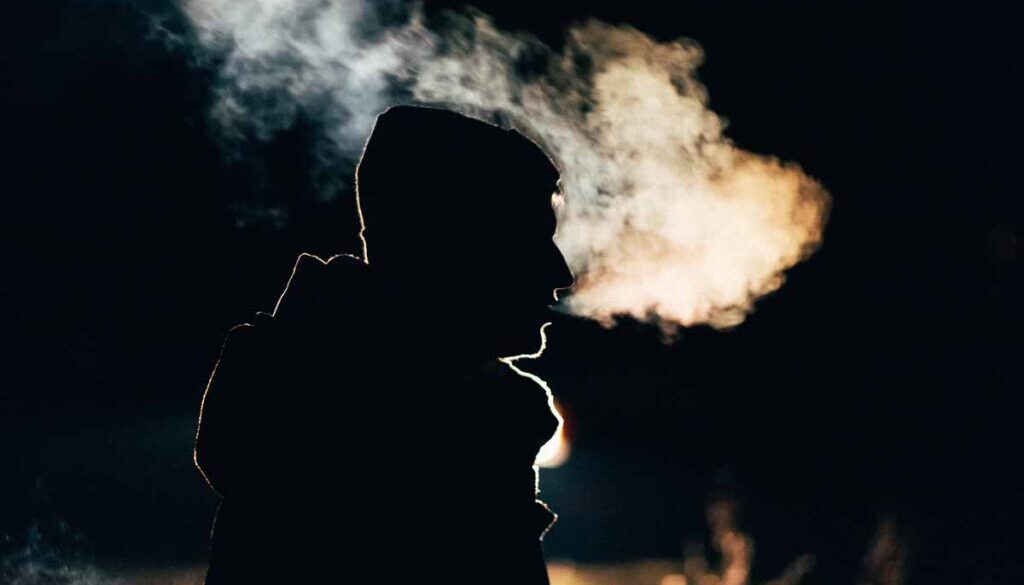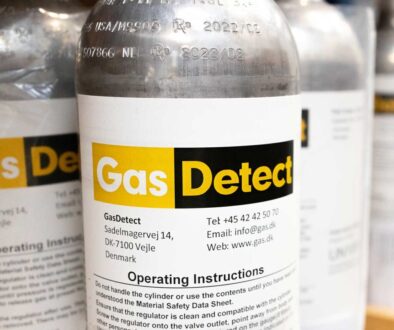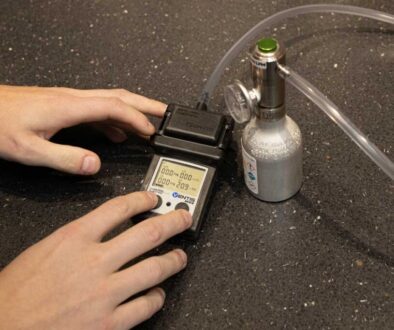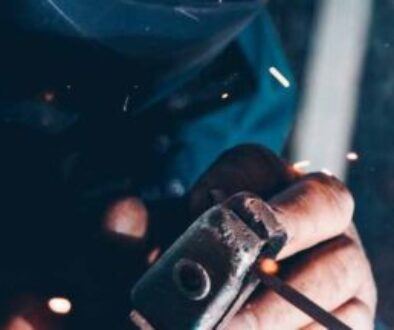Good advice for using your gas detector in cold weather
Good advice for gas detection in cold weather
Winter is coming to Denmark. With it comes concerns about the reliability of your gas detection equipment in the cold weather. Effective gas detection is essential for a safe working environment. That’s why GasDetect offers seven good tips for those who need gas detection in cold weather.
By Søren Torsbjerg Møller, Gas Detection Education
Winter raises concerns for those of you who depend on effective gas detection. How well does your gas detection equipment work in the cold conditions?
Some instruments are approved for use down to minus 40°C. However, most are “only” approved for use down to minus 20°C. It should be mentioned here that this is for continuous use, as most can withstand lower temperatures for short periods.
The reaction time is guaranteed to deteriorate as the temperature drops. However, most newer and high-tech gas detectors typically use temperature compensation and keep the readings within pulse/minus 15 percent of the actual concentrations. This is acceptable as the alarm levels are often 20 percent and 40 percent of critical level respectively.
Here are some tips that will give you greater peace of mind when using your gas detector in the cold weather.
-
Less than 20 minutes: No need for stabilization.
When you go outside, you feel the cold immediately. Your gas detector does not. The temperature compensation uses the detector’s internal temperature for compensation. If you are going to use the instrument for 20 minutes or less, there is no need to let it stabilize and thereby adjust to the temperature before using it. Turn it on, take your readings and get back into the heat.
-
More than 20 minutes: Time for stabilization.
If you use your gas detector outside in cold weather for longer than 20 minutes, the best thing to do is to let it stabilize in the cold ambient temperature for 15-20 minutes before use. You can then switch on the detector and reset the measuring cells by performing a fresh air calibration.
-
Do not store in dry air.
In areas with low humidity, especially in the cold months, the electrochemical measuring cells will have difficulty maintaining precision and durability. The dry climate has a greater influence on the performance of some electrochemical sensors than the coldest temperatures. To prevent the electrochemical sensors from drying out, store your instruments in a humid environment when not in use. If you keep the relative humidity at least 40-50 percent, it will help your measuring cells to maintain their ability to function optimally and thereby extend their lifespan significantly.
-
Bump test frequently if the detector freezes.
The response time of an instrument can be experienced as sluggish at temperatures below minus 5° The screen can become weak and even go black below minus 20°C. Even if this happens, your detector will likely still detect any gas and still sound the alarm. If you want to be completely safe even under these abnormal conditions, it is always a good idea to test the instrument with a Bump-N-Go test cylinder. However, you should always avoid operating your instrument under special conditions.
-
Make sure your oxygen measuring cells do not freeze.
The electrochemical sensors in your instrument typically have an aqueous electrolyte and can in some cases freeze when the temperature drops below minus 20°C for an extended period. The oxygen sensor will usually be the first to freeze. When they are frozen, the sensor cannot give a reliable reading, but functionality will usually return when they are warmed and thawed.
-
Cold weather requires more charging.
The battery’s operating time may be reduced in cold temperatures. At temperatures below minus 20°C, battery life can be reduced by 50 percent or more.
-
Keep your detector warm until you need it if it’s really cold.
If you hold your gas detector close to your body, it will be kept as warm as possible. On the other hand, if you are using it at a distance or for remote measurement, keeping it under your coat as long as possible until you need to use it for a measurement can keep it warm and working for longer.
A good rule of thumb for using gas detectors in cold weather is that your gas detector can generally be left out and working in the cold for as long as you can. If it’s too cold for you, it’s probably too cold for the instrument.
We hope that these 7 tips can help you and your colleagues maintain safety when working with gas detection in cold weather!
About GasDetect
GasDetect focuses on the entire value chain in gas detection and alarming. We don’t just sell gas detectors – we sell knowledge. You will not receive a gas detector until we have clarified what it will be used for, how you will use it and maintenance requirements.





